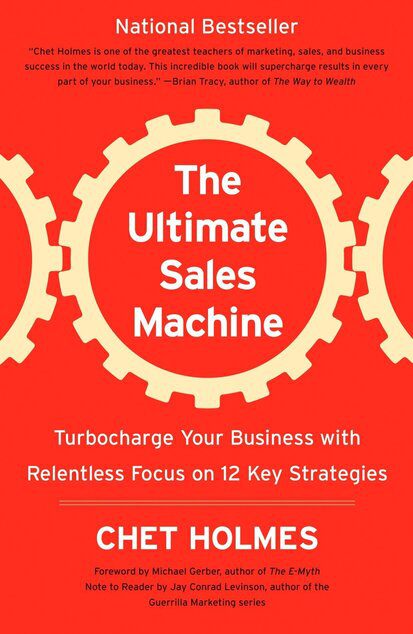In The Ultimate Sales Machine: Turbocharge Your Business with Relentless Focus on 12 Key Strategies, marketing strategist Chet Holmes describes 12 competencies & strategies for doubling sales and business growth. Chet shared tools for marketing, management, and sales mastery.
Key Insights: Pigheaded Discipline and Determination, Dream 100, Education-based marketing, Best neighborhoods sales strategy, Stacked Marketing.
Chet Holmes got his break by working for Vice-Chairman of Berkshire Hathaway, Charlie Munger. Chet doubled the sales of nine divisions under Charlie’s management purview. He shares 12 principles for doubling sales in the Ultimate Sales Machine.
